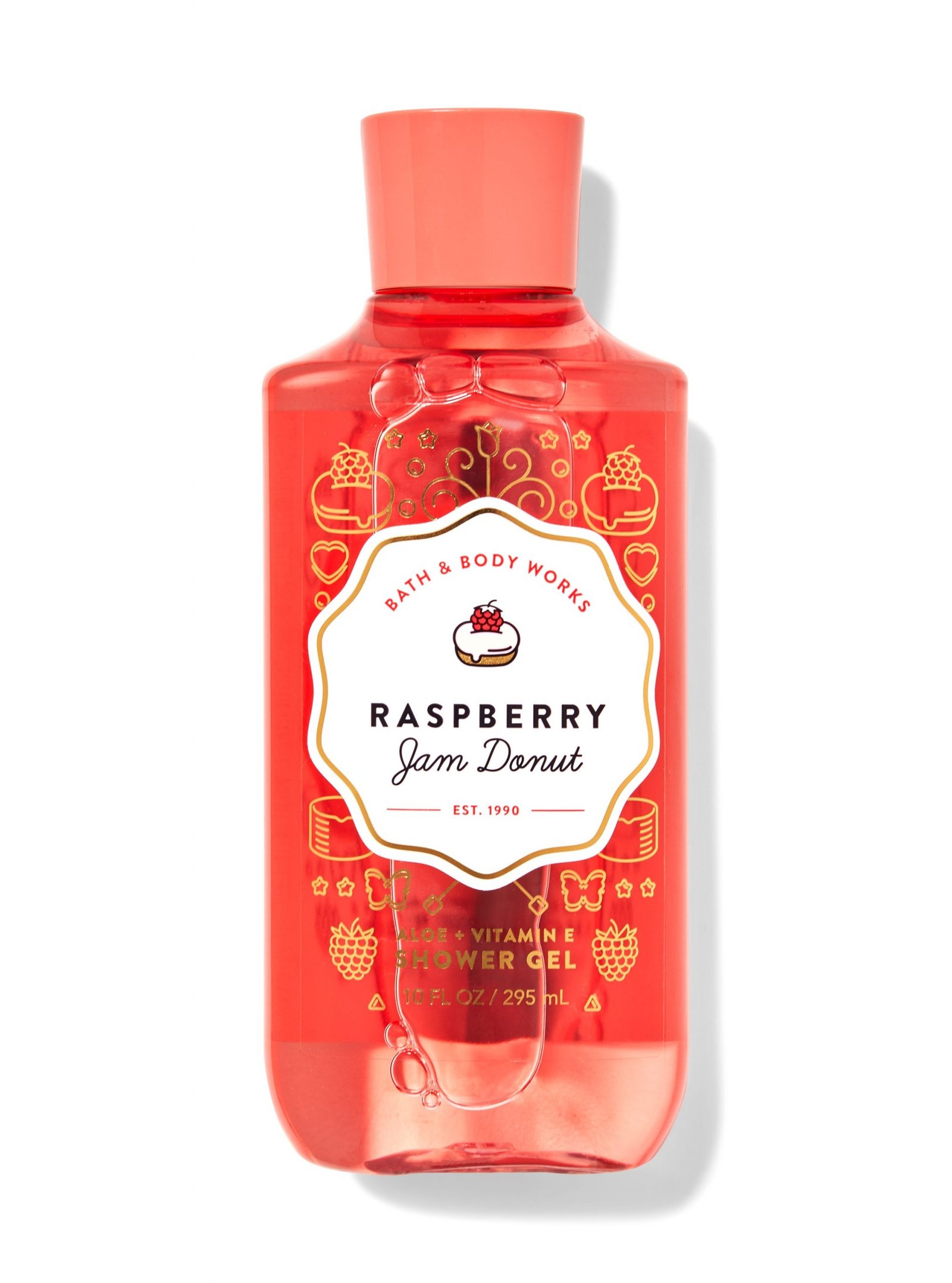
For many of us, the idea of switching to a healthy, organic diet seems out of reach because the perception is that it’s too expensive. Is that really true?
It can be difficult to pinpoint the answer because we all have different food purchasing habits and budgets and family sizes. So, a healthy food that I may think is reasonably priced because it fits into my food budget may be expensive for others… or is it really?
We Live on Processed Foods
In researching, I was stunned to read how many Americans buy their food from dollar stores. HealthNutNews explains that about 90 percent of the money Americans spend on food goes to buy processed foods.
60% of the food Americans eat is not just processed but ultra-processed, which is defined as food products containing several ingredients that are not traditionally used in cooking.
Also, besides salt, sugar, oils, and fats, they can include artificial flavors, colors, sweeteners, and other additives used to imitate sensorial qualities of unprocessed or minimally processed foods.
Why the Growing Trend?
How can we encourage people to eat healthy? Is it a matter of not having enough time to prepare healthy foods? Is it a matter of budget?
If budget is an issue, a quick online search shows hundreds of budget-minded recipes: 20 recipes for eating healthy on a budget, cheap healthy meals, budget dinners, and cheap heart-healthy dinner ideas.
My Own Experiment
I did a little test on the cost of an Instant Pot Creamy Chicken Wild Rice Soup recipe. Going online to WalMart.com, I sourced all the ingredients in organic and came up with soup, side salad, and bread at $4.25 per serving.
Note that this did not take into account the cost of basics, such as spices, and Walmart did not offer an organic version of half and half.
Dirty Dozen
There are actually many recipes that you can convert to healthier substitutes to eliminate pesticide-laden greens and fruits, GMO’s and other processed and chemical additives. When looking to make the switch to incorporate more fresh organics into your diet, keep in mind that there is a list of the Dirty Dozen which includes the top 12 produce to always buy organic due to the heavy use of pesticides.
This year, the list includes strawberries (with 20 different pesticides), spinach, kale, collard, and mustard greens (which has inched its way up the list over the years), nectarines, apples, grapes, peaches, cherries, pears, tomatoes, bell and hot peppers, celery, and tomatoes.
At the same link, you will also find the Clean Fifteen list for those fruits and veggies that are clean to eat if you can’t find organic.
Can We Really Eat Healthy and Keep to Our Budget?
On webmd.com, there is a list of tips you can follow to keep your grocery bill low while your family eats healthier. This list includes:
- Compare options and pay attention to portion size;
- Plan before you shop – keep impulse buying to a minimum;
- Choose cheaper protein – swap out red meat or fish with lentils for example;
- Buy in season;
- Go frozen when fruits and veggies aren’t in season. They’re usually frozen right after they’re picked so they may actually have more nutrients than “fresh” produce shipped from far away.
So, Is Eating Healthy More Expensive?
I think an important question is, of course, how much value do you place on your health? If switching from processed foods to more natural and organic foods, and budget has been stopping you in the past, the best way to start is to take baby steps.
Start this week by picking two items in your shopping list that you can 1) either eliminate because they are unhealthy and processed-laden snacks, or 2) you can switch to the healthier, organic option.
Do you eat healthy? What does healthy food mean to you? How often do you eat processed foods? Do you pay attention to the list of ingredients in each item you buy? We would love to hear what unhealthy options you want to commit to removing from your grocery list or your favorite healthy recipes.





